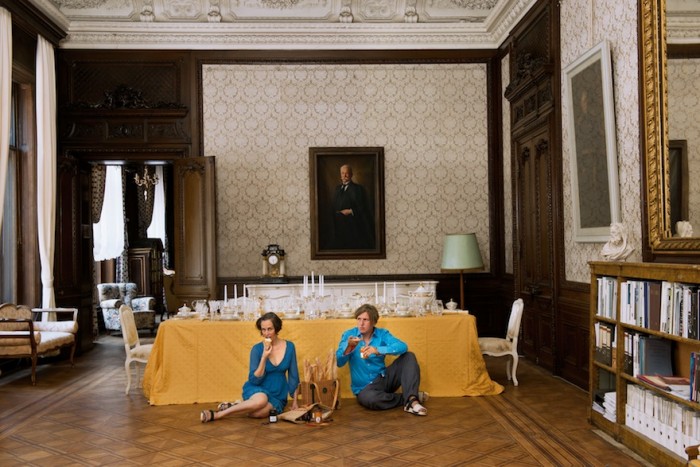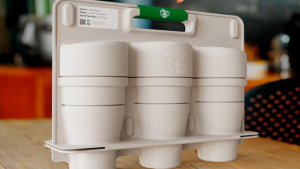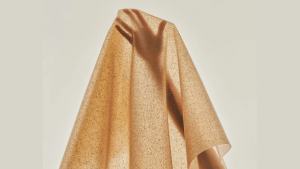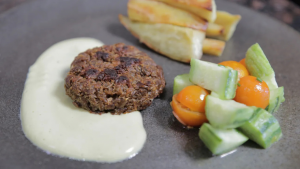
Originally trained as architects, Martin Hablesreiter and Sonja Stummerer of Honey and Bunny turned their attention to experimental food design after graduating from the University of Applied Arts in Vienna. For the past 15 years, the Austrian duo has designed thought-provoking installations, exhibitions and performances to get people to think more about the food we eat, the forms it takes and the cultural mores that have developed around eating.
"Design issues about food and eating can determine the lifestyle of entire societies," says Stummerer.
Their book, Eat Design, documents everyday objects such as cutlery that affect not only our relationship with our food but our lifestyles.
We got the lowdown from the duo on how and why they do what they do – and received some typically impish answers.
What is your design mission?
We want to integrate food and eating design into the international design debate and scene. It is definitely a shame that just a handful of designers deal with the most important daily element of life. Designers let huge companies create edible products behind closed doors; there is no public discussion about the design of these products. That’s unacceptable! As designers we have to enter and conquer the field of food product development and establish an open-source design process. We have to discuss ethical, sustainable and fair ideas for the daily bread of civilisations. We have to discuss all the rituals around eating.
It is not wise to redesign and redesign and redesign chairs, tables or cutlery when these objects create behaviour that is sometimes – let’s just say – a bit antique and stupid. Does an arrangement of chairs and table work for or against traditional hierarchy? Does a traditional set of cutlery and porcelain influence patriarchal systems? We have to ask such questions and rethink the idea of design!
What was your lucky break?
We have lucky breaks all the time. Daily life is a huge influence in our work and everyday something good comes out of it.
How do you juggle running a successful company with being creative?
Don't ask!
Do you prefer working alone or collaborating? Why?
We are a team and we do not know any other situation. Collaborating works perfectly for us.
Describe your workspace…
We do our work and planning inside an atelier in Vienna. It’s a very boring and very chaotic space inside a very normal ancient Viennese house.
Which of your fellow designers do you admire?
Marije Vogelzang, Marc Bretillot and Marti Guixé.
What excites you most about the way the industry is changing?
Do you see any change?
What is the most rewarding thing about being a designer?
The freedom.
And the most frustrating?
Change your job if you are frustrated.
Is there a design object you use everyday that you would like to redesign?
Is there a design object you use everyday that you would not like to redesign?
What are you most passionate about in your down-time?
Food design and eating design.
What would you like to have written in your obituary?
Come on - we are only 40.
Do designers ever retire?
We definitely don’t want to.
What are you currently working on?
We would like to write another book about the design of taste. We have developed an edible installation for the Life Ball in Vienna that will hopefully travel to Amsterdam soon. We are also nearly in the process of doing a documentary film, called Eat Design.






